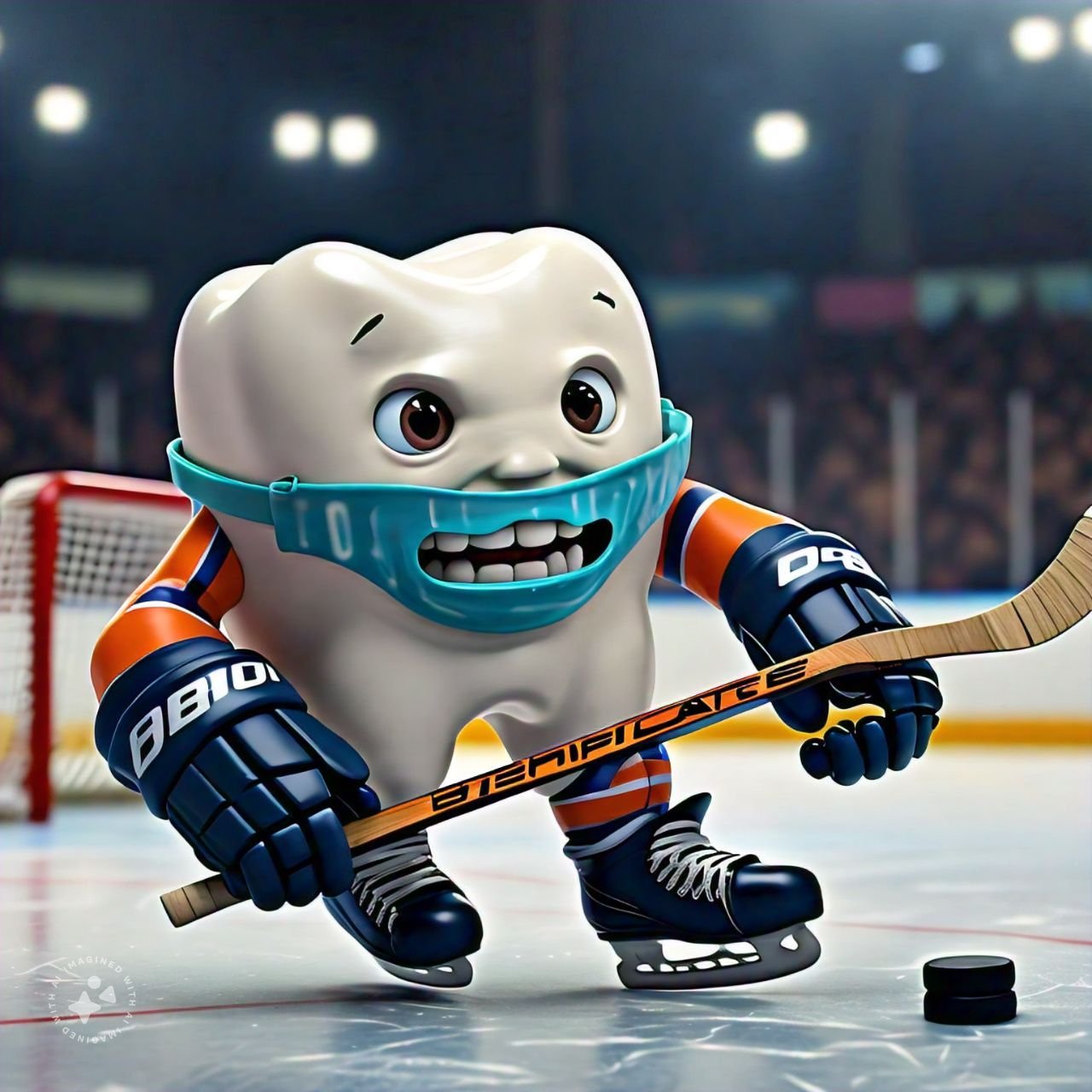Author : Dr. Vaishnavi Thombre
Have you ever seen athletes, particularly in contact sports, wear something transparent in their mouths? That’s a Mouthguard! An apparently straightforward but vitally significant piece of safety equipment. A mouthguard serves as a silent defender of your smile in daily life. This modest piece of safety equipment, which is frequently disregarded, acts as a vital shield between your teeth and possible injury. A mouthguard is your first line of protection whether you’re an athlete taking the field by storm or a regular person looking to stop grinding your teeth. Its objective goes beyond just absorbing impacts. Let’s examine some important aspects of mouthguards and how they enhance the best possible dental protection.
Mouthguards come in three primary varieties:
- Stocked mouthguards – You can get these pre-made in different sizes from sporting goods stores. It entails shaping the substance into a preset form.
- Heat-and-Bite Mouthpieces – These can be personalized at home, but they are also pre-made. The mouthguard is shaped to fit your teeth by biting into it after it has been heated in hot water.
- Personalized Mouthguards – A dentist or dental lab makes these. A dental impression is taken to begin the process. The impression is used to create a model, which is then used to fabricate the mouthguard out of a specialty material like acrylic or EVA.
Mouthguards’ Protective Effect
Mouthguards are highly effective in the following cases:
- Traumatic or forceful events. It helps to distribute the force of a blow over a wider area. It tends to act as a shock absorber during the forceful impact.
- It helps to prevent Tooth Fractures. It literally guards teeth against being cracked or chipped off.
- It protects soft tissues from cuts that might occur on the tongue, cheeks, and lips.
In which conditions can one use a mouthguard
- Adults –
- Shields teeth from harm when playing sports and engaging in physical activity
- Helps treat bruxism, i.e. the grinding of teeth
- In cases of TMJ disorders
- Helpful in Reducing the severity of snoring
- Kids –
- Shields growing teeth from harm while participating in sports and recreational activities
- Protects orthodontic appliances and teeth when playing contact and on-field sports. Examples include football, hockey, rugby, basketball, etc.
How should a mouthguard be maintained?
- It Matters to Be Clean! To avoid the accumulation of bacteria, wash your mouthguard after every usage.
- One can rinse the mouthguard with cold water. Mouthwash is also one of the best alternatives.
- A toothbrush and toothpaste can be used to facilitate gentle brushing.
- When not in use, keep it in a ventilated container.
- Steer clear of direct sunlight and high temperatures for it.
How often should a mouthguard be changed?
- Mouthguards should be changed when necessary. Erosion of mouthguard with use and time is frequent.
- If your mouthguard becomes damaged or no longer fits correctly, do not keep using it.
- As their mouths grow and change, kids and teenagers might need to replace their mouthguards more frequently.
When wearing a MOUTHGUARD, always Remember!
Good Fit is Essential. For the best protection, a mouthguard that fits properly is necessary.
Speak with your dentist. See your dentist for the best guidance on selecting and fitting a mouthguard.
A mouthguard is an investment for your oral health. It is necessary to take good care of your teeth should be your first priority.



